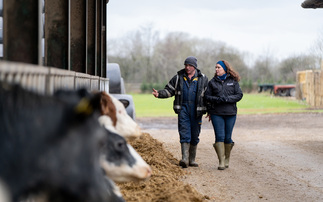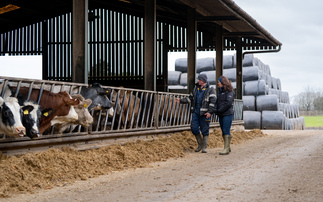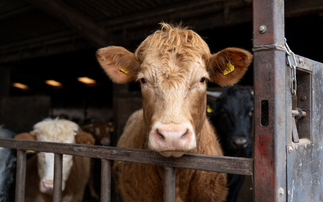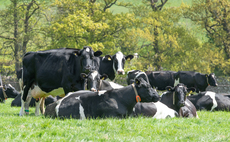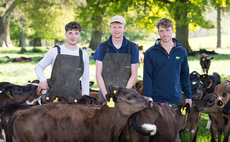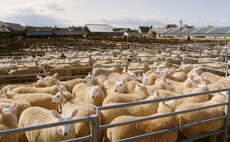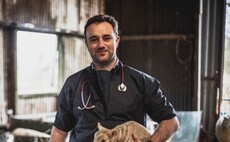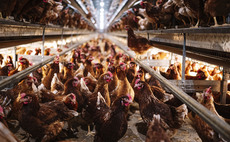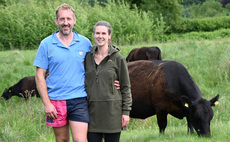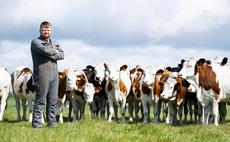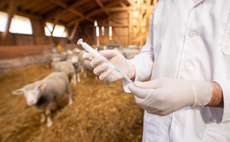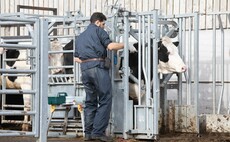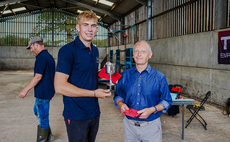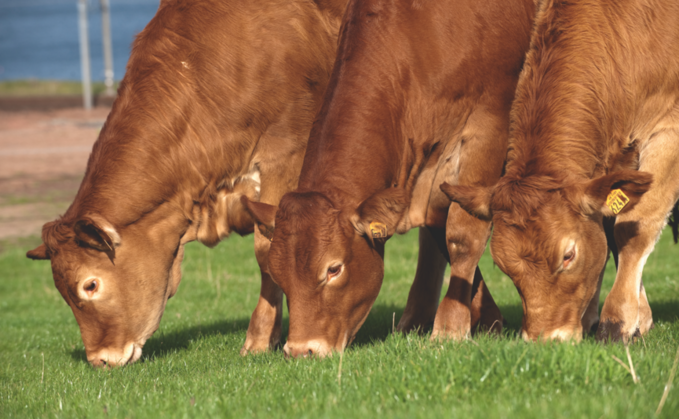
Turnout provides the chance to minimise parasite challenge to youngstock, thereby reducing the impact of parasites on weight gain, growth and fertility, says Sioned Timothy, technical services manager at Boehringer Ingelheim Animal Health.
1. Avoid repeatedly using the same pastures for youngstock, especially at turnout. Instead, where possible, use pasture which was not grazed by cattle during the previous season. Resting paddocks can help to break worm and liver fluke lifecycles.
2. Plan your grazing for the season. Allow calves and first- and second-season grazers to use the cleanest, least infected pastures first, followed by adult cows.
3. Make good use of silage aftermath. These fields will have low levels of worm larvae, so schedule to move youngstock to these fields when they become available.
4. Control pasture contamination at turnout. Ensure any cattle housed over winter have had an effective wormer treatment, and a fluke treatment if possible, to reduce the shedding of worm and fluke eggs onto the pasture.
5. Support effective immunity building. Allow young cattle to gain exposure to worms at a low level to trigger an immune response, taking care that the challenge is not so high it causes disease or production loss. Consider vaccination for lungworm if you have had recent outbreaks.
Talk to your vet or suitably qualified person for more information about how to use grazing management to improve parasite control, or visit the Beat the Parasites website.
Watch the webinar
Find out more about how pasture management can support sustainable parasite control in our recent webinar with vets Rob Howe, of LLM Farm Vets, and Kath Aplin, of Boehringer Ingelheim Animal Health.
Watch on demand to discover pasture management techniques to reduce the parasite challenge in cattle and on the pasture, and how to use diagnostic tests like faecal egg counts to help you decide whether your animals need worming.

An educational service from Boehringer Ingelheim Animal Health UK Ltd (BI). Further information available from BI, RG12 8YS, UK. 2022. All rights reserved. Date of preparation: Jan 2022. UI-BOV-0005-2022. Use Medicines Responsibly
An educational service from Boehringer Ingelheim Animal Health UK Ltd (BI). Further information available from BI, RG12 8YS, UK. 2022. All rights reserved. Date of preparation: Jan 2022. UI-BOV-0005-2022. Use Medicines Responsibly.







